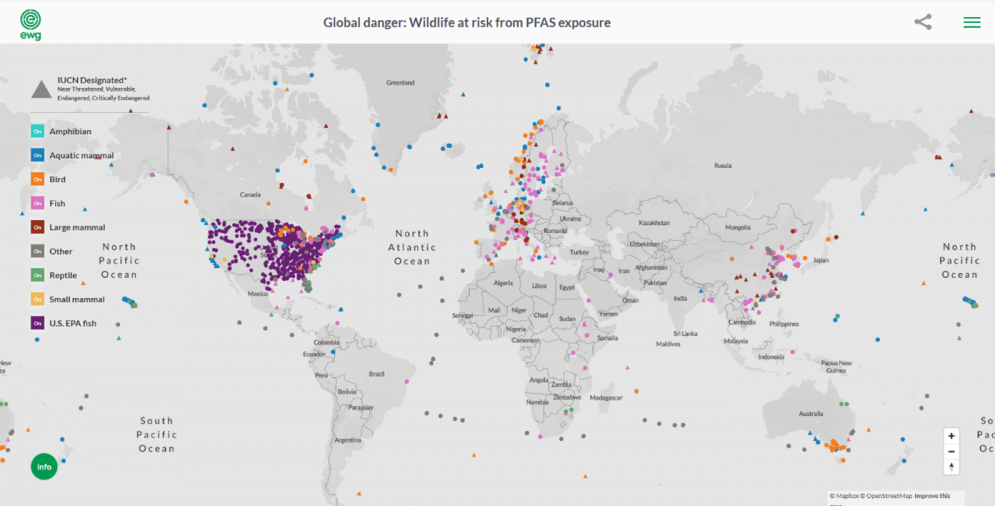
How “Forever Chemicals” Are Truly Everywhere
How “Forever Chemicals” Are Truly Everywhere
The global spread of PFAS

The term “forever chemicals” refers to PFAS (per- and polyfluoroalkyl substances) — a large family of synthetic chemicals used for decades in non-stick cookware, stain- and water-repellent fabrics, firefighting foams, and more. What makes them especially troubling:
- They resist breakdown in the environment.
- They can travel long distances via air, water or soil. (eea.europa.eu)
- They accumulate in organisms (including humans) and ecosystems.
- Detection is now global: remote regions, major watersheds and even drinking water sources. (CBS News)
Here are key insights:
- A global study of 45,000 water samples found that 69% of groundwater samples exceeded Canada’s minimal PFAS standard, and about 6% exceeded the stricter European standard. (Phys.org)
- In Europe alone, investigations found more than 17,000 known contaminated sites and another ~21,000 presumed sites with PFAS pollution. (euronews)
- PFAS contamination isn’t confined to heavily industrialized zones. For example, in Europe marine currents and sea spray may carry PFAS to remote zones, indicating distribution far beyond direct emission sources. (eea.europa.eu)
Bottom line: PFAS are not a niche pollution issue—they are widespread and found globally, in both obvious and surprising places.
Where the Most Extreme PFAS Hotspots Are
Selected case-study regions
Below are some of the more documented “hotspots” where PFAS contamination is especially intense—either because of industrial legacy, firefighting-foam use, or both.
Zwijndrecht, Flanders, Belgium
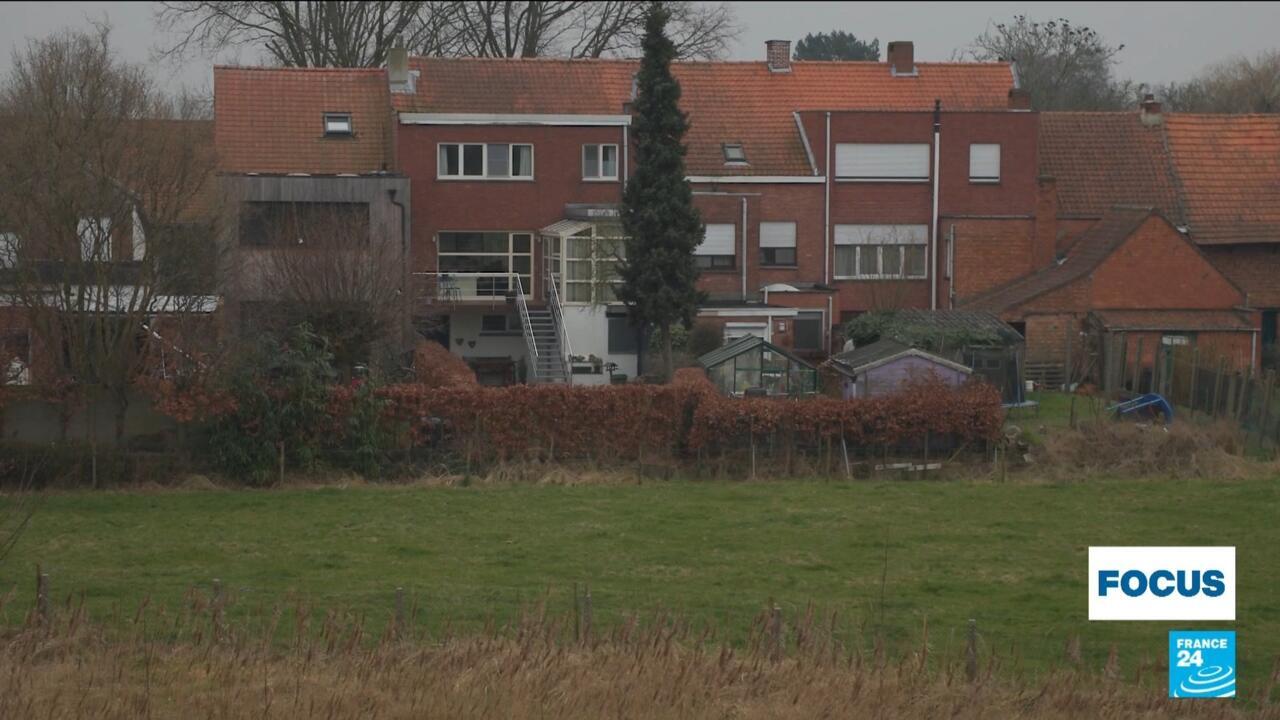

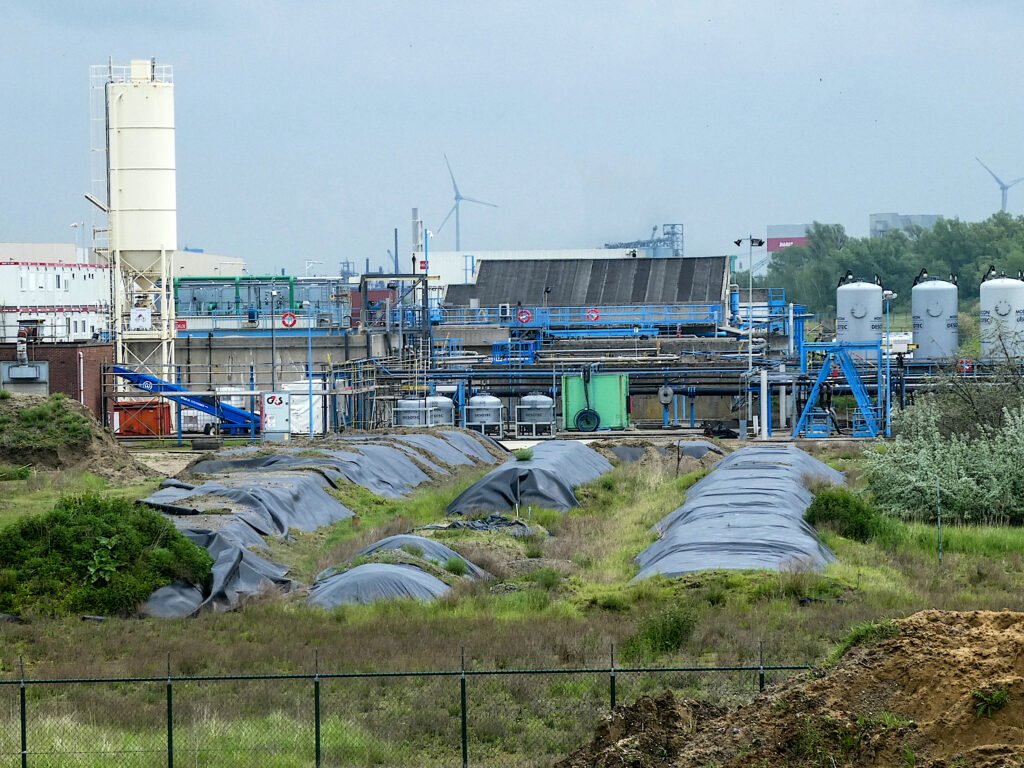


One of the most extreme European examples: a PFAS-manufacturing plant in Zwijndrecht (Flanders) recorded groundwater concentrations up to ~73 million ng/L (that’s tens of millions times typical safety thresholds) near the plant site. (euronews) Estimates say ~70,000 people within 5 km of the site have been offered blood-tests for PFAS. (euronews)
Europe wide – “Hotspot zones”
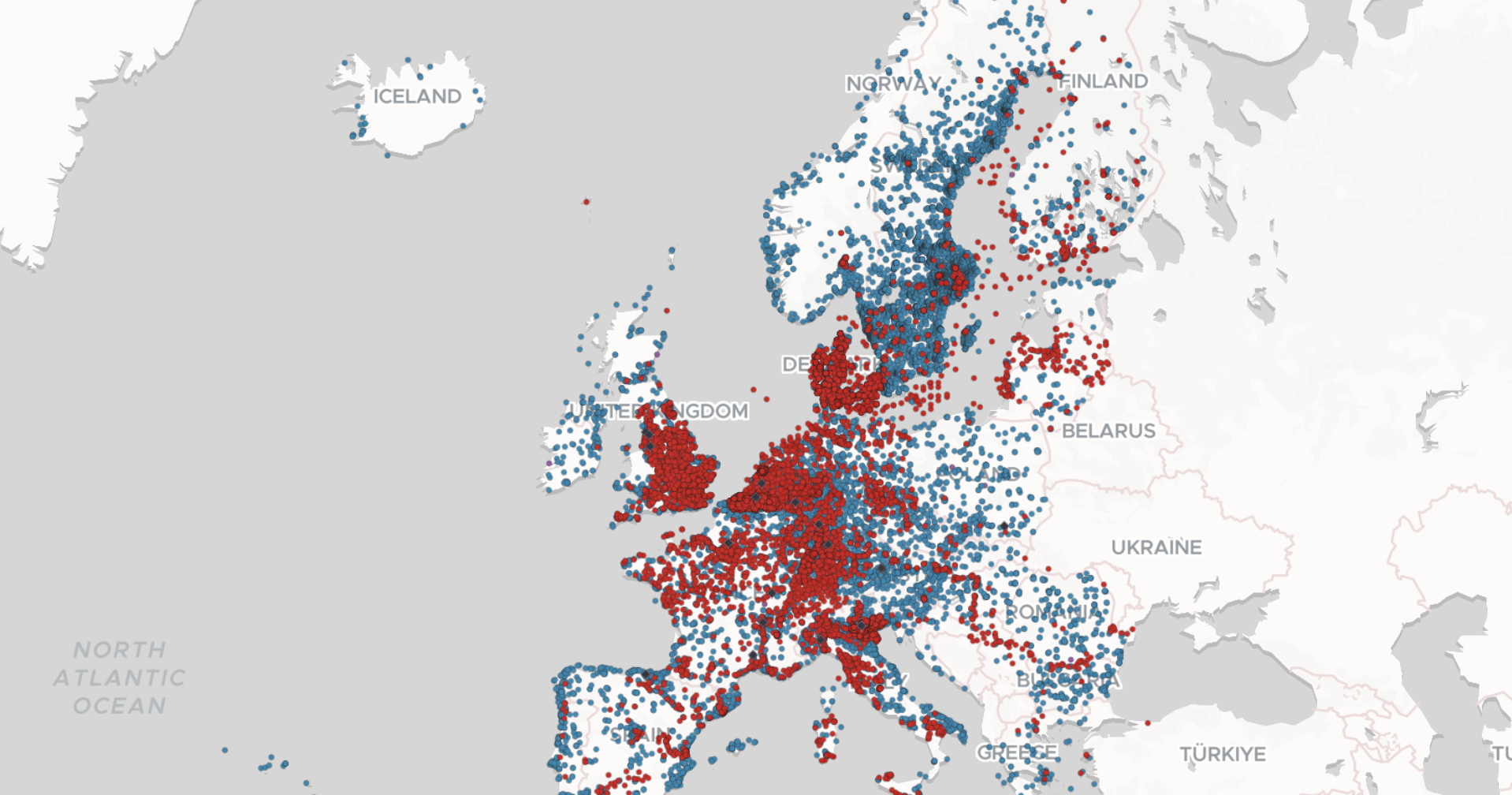


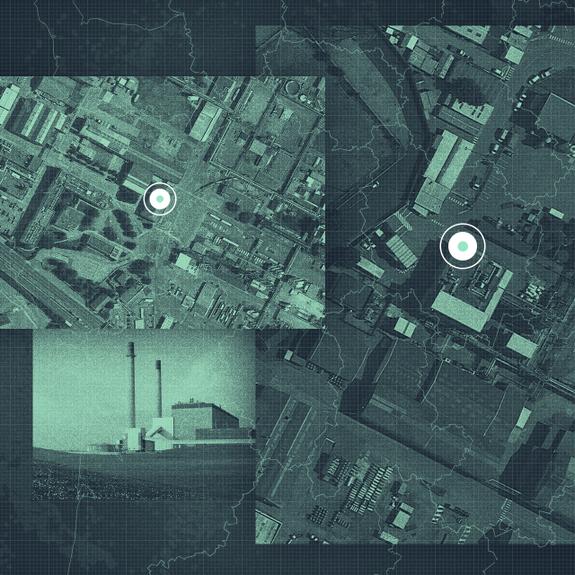


- The “Forever Pollution Project” identified >2,100 sites in Europe where PFAS contamination reached hazardous levels (defined as >100 ng/L) and thousands more presumed hotspots. (env-health.org)
- In France: for instance near Lyon’s “Chemical Valley” region, PFAS releases into the Rhône and adjacent environments were documented. (env-health.org)
- In Switzerland, 134 “hotspot” areas were identified with elevated PFAS in soil or water. (SWI swissinfo.ch)
United States

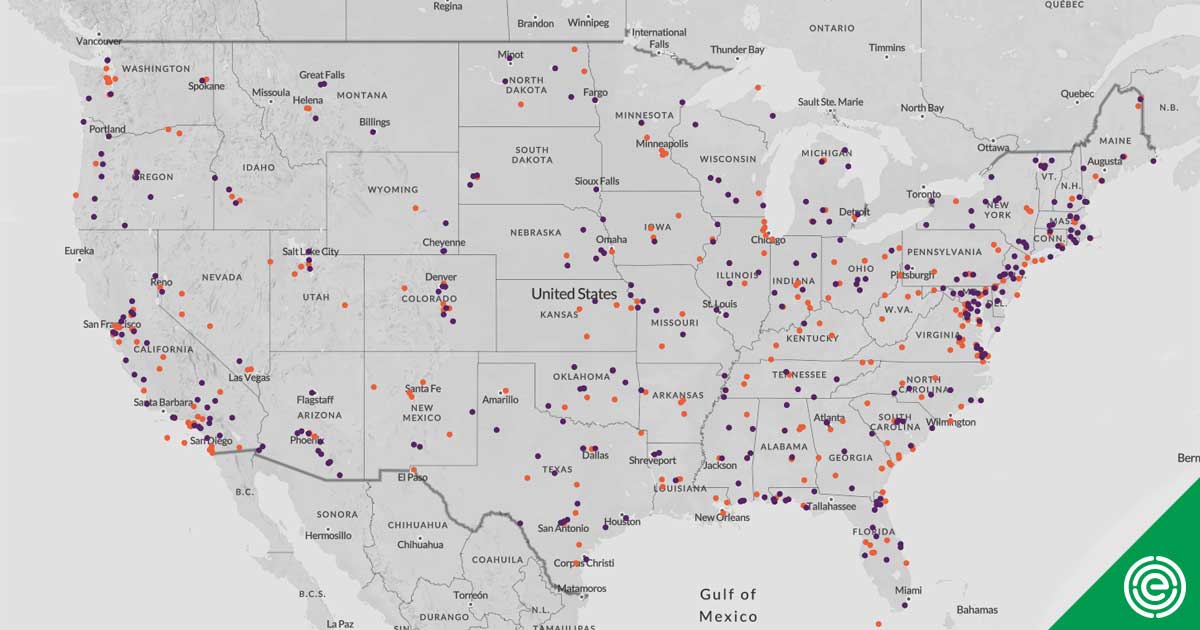


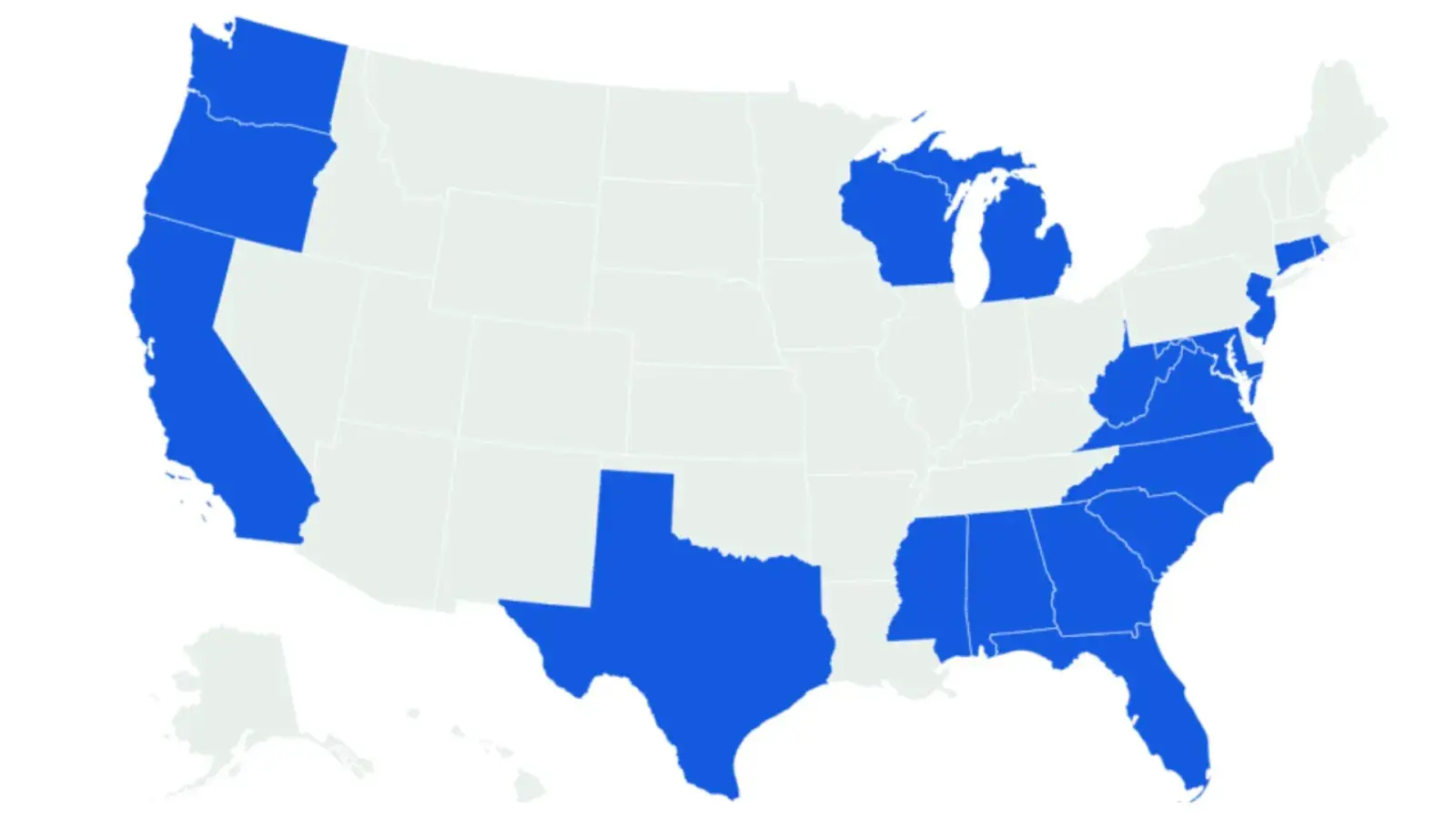

- The Environmental Working Group (EWG) lists over 9,500 sites in the U.S. potentially contaminated with PFAS (as of August 2025). (EWG)
- The U.S. Department of Defense has flagged many military bases where PFAS foams were used for firefighting training, leaking into groundwater and drinking water supplies. (EWG)
Australia, China, and other regions


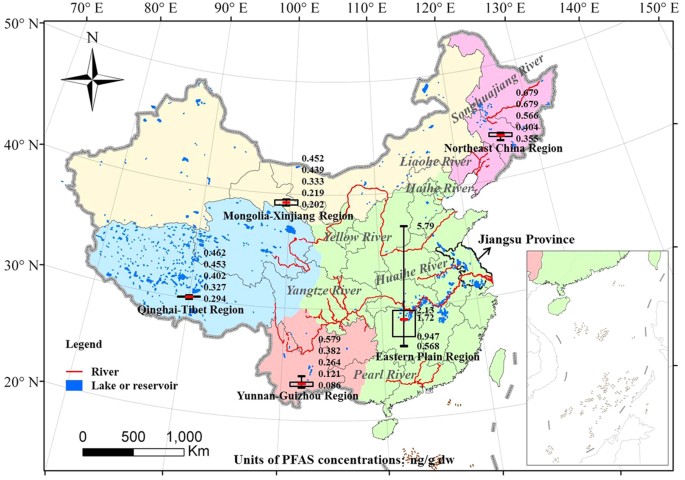



- A global study found that Australia and China were among areas with especially high PFAS concentrations in surface and groundwater samples. (Phys.org)
- PFAS residues have even been found in remote areas, such as polar regions or deep soil where there is no local industrial source: showing the mobility and reach of these chemicals. (CBS News)
Why Some Sites Become So Severely Contaminated
- PFAS manufacturing plants: years of manufacture and waste-discharge lead to extremely high local levels (as in Zwijndrecht).
- Fire-fighting foam use: many airports, military training bases and firefighting facilities used PFAS-based foams (AFFF – aqueous film forming foam), which are now known major sources of groundwater contamination.
- Legacy industrial uses: paper mills, chemical plants, textile factories, landfill sites and sludge disposal facilities often used PFAS or accepted PFAS-laden waste.
- Transport & persistence: Because PFAS don’t break down easily, contamination migrates through groundwater plumes, and diffuse sources (atmospheric deposition, long-range transport) mean even “clean” areas may accumulate PFAS over time.
What This Means for Stakeholders
- Communities near known hotspots may face higher exposure risk via drinking water, soil, crops, fish or air.
- Regulators and site managers must recognise PFAS contamination may exist even where not yet tested: given the widespread footprint.
- Industry must shift toward PFAS-free materials, minimise disposal of PFAS-containing waste, and plan for long-term monitoring and remediation.
- Researchers point out that many areas remain untested; in many cases, there is simply no baseline data—so the “true” number of contaminated sites is probably much higher than currently mapped. (Phys.org)
Final Thoughts
PFAS are not just a local industrial problem—they’re a global environmental challenge. The scale of contamination—from rural groundwater, to major rivers, to remote Arctic snow—is striking and sobering. While many of the worst sites are associated with known PFAS sources, the fact that PFAS travel and persist means any location could be affected.
Addressing the problem will require: extensive monitoring, mapping of hotspots, cautious materials selection (avoiding PFAS where possible), remediation where contamination is high, and transparency about legacy uses.
If you like, I can dig up a list of the top 10 known PFAS hotspot sites globally (with concentrations, timelines, remediation status) so you can see specific case-studies. Would you like that?


Sorry, the comment form is closed at this time.